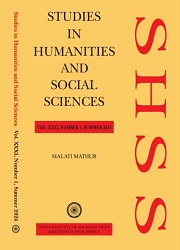Crime Prevention through City Planning
Case Study of Pune City
Keywords:
Crime Prevention, City Planning, Non-Spatial, Likert Scale, Geopraphic Information System (GIS)Abstract
The need for vital services has expanded because of the impact of urbanization on the sociocultural character and demography of an urban environment. The significant disparities in access to resources, power, wealth, social systems, and opportunities have led to an increase in crime. The threat to public safety is among the most important problems. Hence, there is a need to consider the link between urban safety and the environment to build spaces that are safe for the public. The aim of this is crime prevention through city planning in the case of Pune city using GIS as a tool for crime mapping. The methodology includes an analysis of crime hotspots using parameters of city planning. In this research, the identification of major hotspots in Pune city was carried out through Weighted Overlay Analysis (WOA). Further analysis of the microenvironment in crime-prone zones in one of the identified hotspots has helped in proposing strategies for city planning to improve the safety of crimeprone zones. Understanding the various spatial and non-spatial dimensions of planning for crime prevention is aided by the study’s findings. The findings of this study also assist in identifying highrisk regions and potential criminal targets where safety audits can be carried out to enhance city safety.


